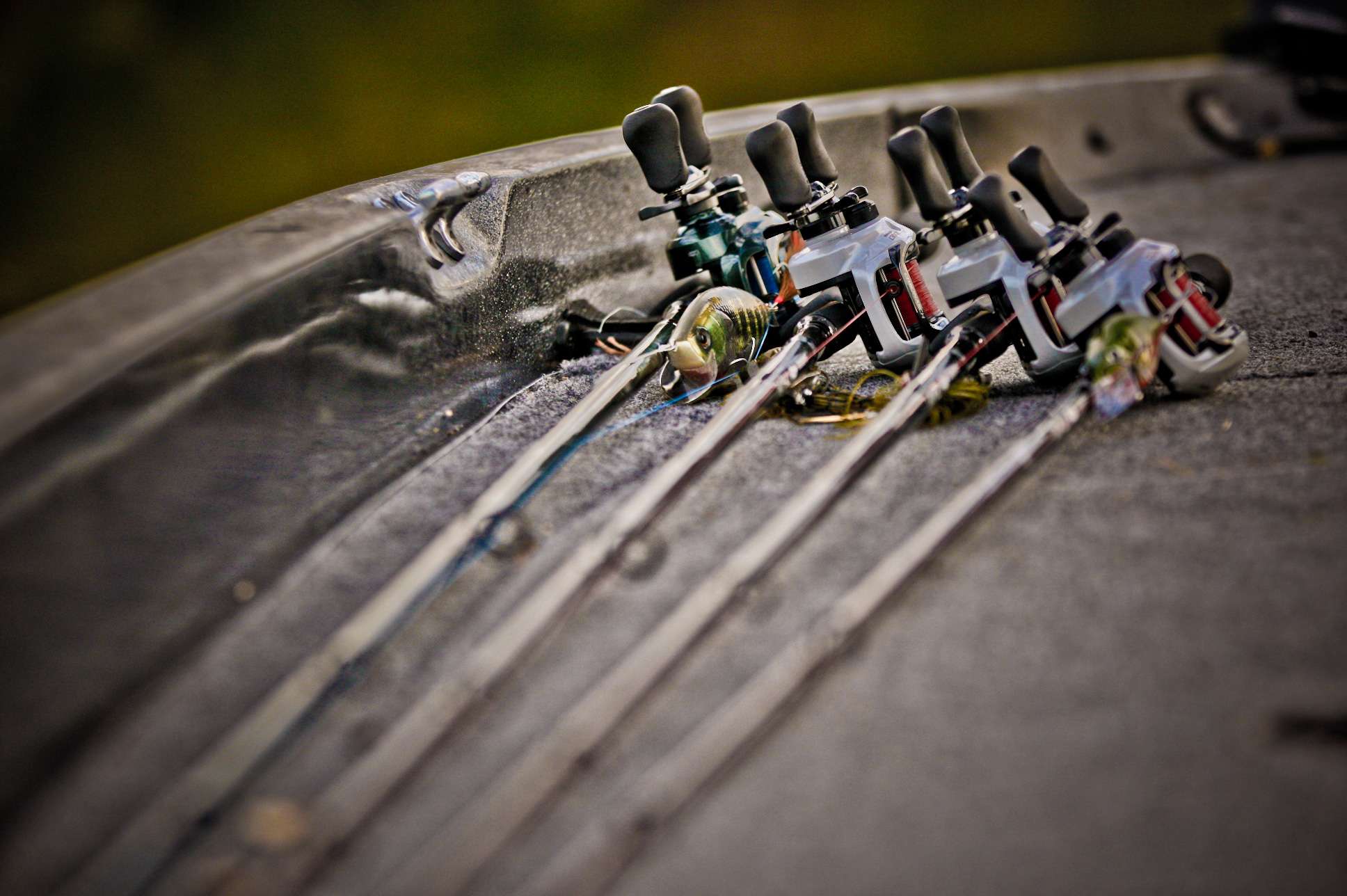
Editor’s Note: This story is part of a larger package on Shimano gear. Click here to see more.
Do you truly understand the words “action” and “power” as they relate to fishing rods? It can get confusing when you try to navigate through terms like “extra fast action” and “medium heavy power.”
Shimano is trying to take the guesswork out of fishing rod selection. And particularly in its Crucial line of rods, it offers a technique specific version for every possible need. Shimano offers 66 models in its Crucial line, covering every technique from a worm/jig casting rod to a jerkbait spinning rod.
To understand the differences, let’s start with the basics. “Power” is defined as the force to bend the rod. Power equates to stiffness. “Action” is how deep the rod bends. Action equals flexibility.
For example, the 10 Crucial models of worm/jig casting rods come in actions of fast and extra fast, powers of medium to heavy and lengths from 6-8 to 7-2. The action will be in the tip of the rod, down to about the third guide. That action supplies the ability to put life into a lure – to get a bite. The power comes into play when you have to lift the fish, so it can’t bury its head in cover.
Typically, when you’re fishing a jig or a worm, you’re using a wide-gap, heavy-gauge hook. If the rod is too flexible, you can’t stick the fish – you can’t get the hook penetration necessary. And too much flexibility will prevent you from pulling up the fish’s head as it tries to bulldog down.
Crankbait rods provide a stark contrast. They are much more flexible. The action will extend down to the fourth or fifth guide. The flexibility allows the rod to load for good casting distance. The soft tip allows the bait to move properly in the water.
Fish tend to hit crankbaits at a high rate of speed, and the treble hooks on a crankbait are smaller than the single, heavy-gauge hooks used in jig or plastic worm fishing. The flex in the rods allows a fish to move its head back and forth without tearing out the hooks.
All Shimano rods are designed for easy recognition in their differences. The suggested lure size, rod length, action and power are printed on the rod near the handle. There is also a logo on the rod butt for a quick I.D.




